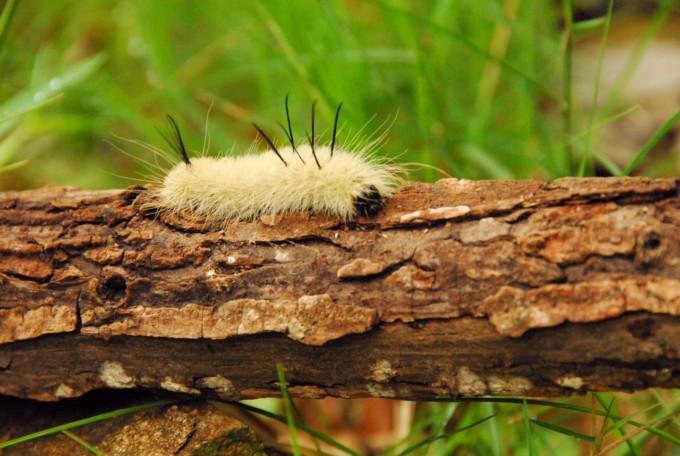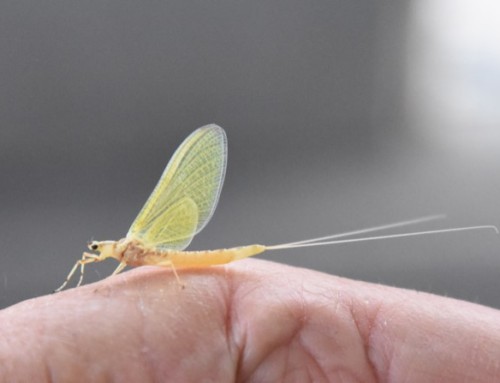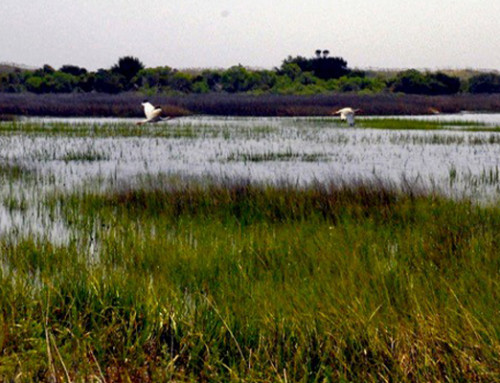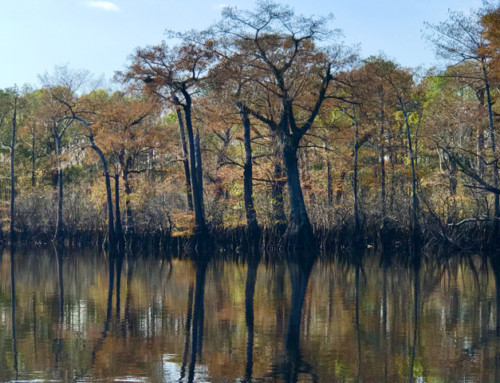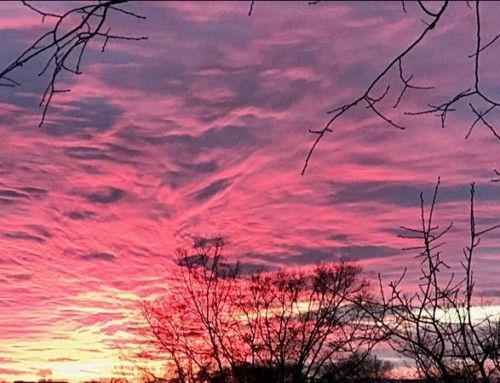A Photo Series from NC photographer and naturalist Tom Earnhardt
Professor Osmosis
Each of us has learned important lessons over the last couple of months that we will carry for the rest of our lives. I believe this is especially true for children and young adults. I am not talking about the mastering of state and national pandemic statistics, unemployment rates, material from Zoom classes, or the microbe killing power of Lysol. Also, soon forgotten will be the lectures and pontification of many politicians and pundits. We will not forget, however, the excellence and dedication of America’s health-science and healthcare communities or the perseverance of women and men who move food to our tables and “keep the lights on.”
The other lasting truths and take-aways from this spring of 2020 will come from displays of empathy, compassion, patience, selflessness and courage each of us has witnessed. In the actions of friends and family, and in the eyes of strangers wearing masks, we have seen the best of humankind. Even if we have also experienced moments of fear, despair and grief, none of us will forget the kind, the noble and the good that has surrounded us.
For me, the course ahead will be based on the advice of public health professionals, but I look forward to the day when I shed my mask and when there is no more hand sanitizer in the car. I long for the return of sit-down meals with family at favorite restaurants, and fist bumps with friends over coffee or beer. I cannot wait to return to the simple things and sacred places that give me energy and connect me to the natural world. It is from simple pleasures and activities outside — hiking, rowing, or sitting in a quiet place — that I learn the most just by paying attention.
Each of us learns in different ways. Six decades ago, with the help of a Thomasville Junior High science teacher, my classmates and I were alerted to a “new” form of learning with a fancy name. Fred Carlisle, my first biology teacher ever, began his course with the pronouncement that each of us had already learned more biology than he could ever teach us. Utilizing our senses — sight, hearing, touch and smell — we had already assimilated important scientific information through an amazing process, called “osmosis.” He defined osmosis not as a chemistry process (by which solvent molecules pass through a semipermeable membrane), but as the unconscious gathering of feelings, knowledge and ideas just by “being there.” Mr. Carlisle saw his job as helping us organize and make sense of what we already knew, and what we would learn in the future. Best of all, this fantastic teacher, urged us to spend time outside observing nature and to come back to him with questions. Best class assignment I ever had!
We all began to ask questions. Do only honeybees pollinate flowering plants, or are there other pollinators? Why are some birds more colorful than others? Why do some animals camouflage themselves so perfectly? Are fish and certain animals (like frogs, snakes and salamanders) really cold-blooded? Why do many of the birds of summer disappear in winter, and where do they go? Where do fish hide when they are not in the shallows? Which birds and insects hover, and why? Are turtles with flatter, sleeker shells faster swimmers? Just by being outside, paying attention and assimilating what we saw, all of us learned with the help of our second teacher, “Professor Osmosis!”
Mr. Carlisle urged us to poke around ponds and creeks to learn where birds and animals lived. I can still remember him telling the class what every human and living creature requires: “It’s pretty simple, we all need food, cover and comfort. When you’re outside, try to figure out what other creatures eat, where they live. Do you see them in hot weather, or in cooler temperatures. Watch for holes in trees, burrows dug in creek banks and cracks in rock walls; they might be an entrance to a home.”
So now you know why I believe that wild places and open spaces are critical to every person, and especially to our children. Such locations are where we learn to share the planet with other living things and that each creature has the same needs — food, cover and comfort. These are the same things to which we often refer today as “critical habitat” or “viable ecosystems.” To deny any person, and especially a child, meaningful interaction with nature is to restrict them from an important part of their science education. Your kids and mine may not have a teacher as creative or inspiring as Fred Carlisle, but they can still have access to “Professor Osmosis.”
Over the past weeks, and in the days to come, we all continue to have the same needs — food, cover and comfort — set forth by a junior high science teacher six decades ago. If we are fortunate, we have a roof over our heads. Our food comes from a farmer, a delivery person and someone behind the cash register wearing a mask. Our comfort comes from the compassion and the understanding of family, friends, volunteers and community leaders. Comfort and hope also emanate from the women and men in science and healthcare.
How do we know these things? Through osmosis, we have assimilated and processed feelings, emotions and conclusions about the remarkable people around us. We can see in their actions and in their eyes — confidence, compassion and hope — and we will never forget it.
With appreciation to the great teachers in our lives and gratitude for food, cover and comfort,
Tom
One of the first lessons I learned about coloration was that the female of many bird species often has protective coloring to keep her from being detected by predators. Look at the difference between the male painted bunting (1) and the female (2). Both are beautiful, but one is protected by its color.


Several years ago, I asked a young girl in a park near Brevard what she had learned from being outside. She responded, “I have learned that when caterpillars walk, they tickle!” It was clear to me that Professor Osmosis was already at work.


In junior high we learned that honeybees are not our only pollinators. While outside, we have all observed others, including bumblebees, beetles, butterflies, moths, like this clearwing hummingbird moth (1), and hummingbirds, mostly ruby-throats (2).


As kids, most of us played hide-and-seek, and “camouflage” was part of the game. It’s easy to learn the basics of camouflage by observing nature’s coloration of this American anole (1), barred owl (2), and this wonderfully camouflaged stink bug (3). You might learn these lessons in the classroom, but they are best learned from Professor Osmosis.



Mr. Carlisle exhorted his junior high scientists to “look for holes” in trees, banks and rock walls. No matter where you live in North Carolina there are “homes” near you. You might can find the entrance to the home of a woodpecker (1), rough-winged swallow (2), or a chipmunk (3).



All photos in this series are by Tom Earnhardt. Narration by Tom Earnhardt except slight editorial corrections

